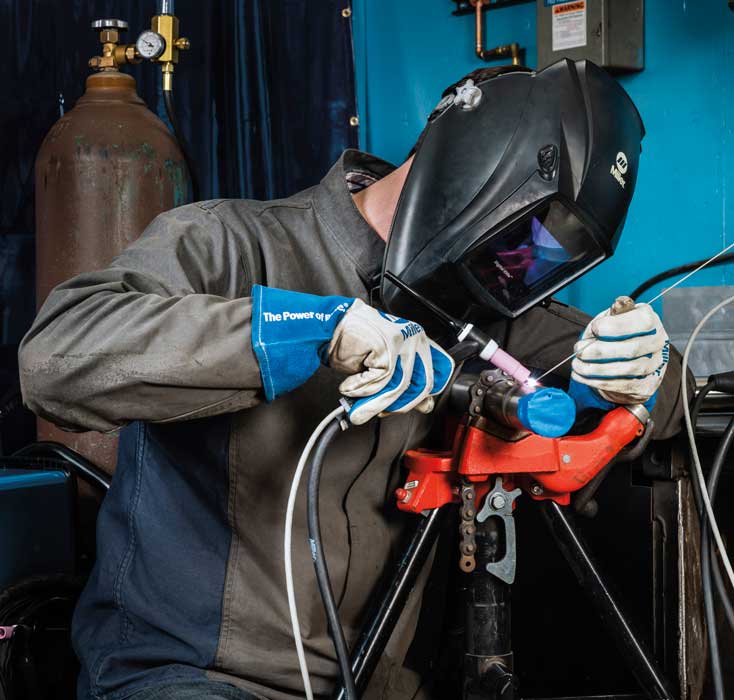04, Apr 2021

The entire process of selecting the connections depends on the specific function required and there are many factors, but there is no general or specific rule in the welding process that will be chosen. In general, the following are some of the basic factors that must be taken into account when choosing the joining process.
Equipment - in terms of availability, types and condition that can be used to create the required welds
Repetition - What is meant here is the frequency of the process and how many seams are required to complete the task, and are they the same?
Quality requirements - for example will welding be used in household furniture, repair of a strip of metal, or will it be used in pipelines, pressure vessels and tanks?
Workplace - Will the welding be in the workshop, at a remote location in the desert, or on a road?
Materials - Are the parts to be delivered from known metal or are they types of exotic alloys?
The size of the parts to be joined - are the parts small, large, or of different sizes and are they transportable or should they be welded in place?
Final product appearance - Will welding be the presentation of an idea or will it be a permanent structure?
Available time to work - does this job need speed - quick fix - or is there generally ample time or to allow cleaning or inspection before and after welding?
Skills Needed - Are the experienced workers and welders the ability to do the job.
Material Costs - Is welding really worth the costs of these materials, special equipment, and the specified time for the process?
Code requirements and standards - often a specific standard to work on is defined as ISO or ASME. Often the decision is not left in the hands of the welding engineer or welders to carry out the process only, but also the method of applying the process must be established according to a specific standard or code.
Type of process - Is it cutting, copper welding, or arc welding?
Is the whole process manual?
Is the process semi-automatic - so that filler metal is added automatically and coordinated by the operator manually.
Is the process automatic - so that welding operations are frequently performed by means of a device that has been programmed to do the whole process without the intervention of workers and operators.
Will the task be performed repeatedly by the robot or another device that has been programmed to perform various operations?
Monitoring and measurement - what technical range is required to monitor operators and correct errors